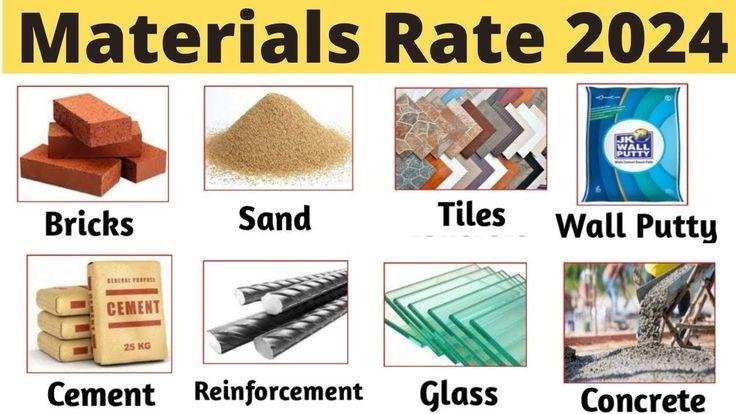The construction landscape has experienced remarkable evolution in 2024, with concrete innovations standing at the forefront of this transformation. Industry experts note a swift expansion in technological adoption, propelling concrete-related products toward unprecedented advancement. Companies embracing these changes have witnessed beneficial outcomes, despite ongoing material challenges.
The year began with notable concrete shortages across America. Various regions struggled with limited supplies alongside heightened demand, creating price instabilities that construction firms navigated with creative strategies. This shortage, while temporary in nature, profoundly influenced product development trajectories. By mid-year, supply chains demonstrated gradual improvement, which many anticipated would normalize during the latter months of 2024.
Revolutionary Products Reshaping Concrete Work
Innovative concrete solutions have emerged as vital components in modern construction. Low-carbon concrete formulations represent perhaps the most significant breakthrough, gaining traction beyond traditional coastal markets. Michael LeMonds, chief sustainability officer at Holcim US, notes an interesting phenomenon: “With the federal government incentivizing transparency and low-carbon construction through its Buy Clean initiatives, we’re hearing from customers who want to learn how to meet the moment”. This demand has spread surprisingly into Middle America, challenging the assumption that sustainability interests remain concentrated on the coasts.
Post-tensioned concrete systems have achieved prominent recognition in 2024’s regulatory landscape. The release of the 2024 International Residential Code introduced substantial modifications concerning post-tensioned, slab-on-ground floors. These updates establish comprehensive design parameters that enhance structural integrity while optimizing material usage. Construction leaders implementing these systems report noteworthy cost efficiencies over project lifespans.
Automated concrete application technologies have made spectacular inroads this year. Robotic systems capable of pouring concrete with precision have transformed job site dynamics, addressing labor constraints that construction companies faced through previous years. These technologies, though initially met with skepticism, demonstrated impressive reliability when deployed under varied conditions. Their adoption rate accelerated noticeably during the second quarter.
Emerging Trends Among Industry Leaders
AI-driven performance-based design tools have become essential instruments for concrete specialists. These sophisticated platforms enable precise material calculations that substantially reduce waste while maintaining structural requirements. Construction firms report that these tools dramatically shortened planning phases, although implementation occasionally created unexpected complications during initial adoption periods.
The integration of monitoring technologies with concrete applications represents another fundamental advancement. Smart sensors embedded within concrete structures provide real-time data regarding curing progress, structural integrity, and performance metrics. Leading companies leveraging these technologies cite improved quality control as their primary motivation, which sometimes contradicts their stated focus on cost reduction.
Industry performance overall showed remarkable vitality, with a 10% increase in nominal value added and 12% increase in gross output during recent measurement periods. This robust growth created fertile ground for product innovation, particularly among established concrete specialists exploring novel applications.
Future Directions and Challenges
Concrete products incorporating recycled materials gained substantial market share throughout 2024. These environmentally conscious alternatives performed comparably to traditional formulations but offered significant carbon footprint reductions. Construction leaders adopting such products reported positive client responses, though regional availability remained inconsistent.
The persistent challenge of skilled labor shortages encouraged adoption of simpler-to-deploy concrete systems. Products designed with ease of application as a primary consideration saw enthusiastic reception from medium-sized construction firms struggling with workforce limitations. These innovations reduced dependency on specialized concrete finishers, whom many projects had difficulty securing.
Looking ahead, experts predict continued evolution in concrete formulations optimized for specific climate conditions. Products designed for extreme temperature resistance show particular promise for regions experiencing climate volatility. Construction leaders investing in these specialized offerings position themselves advantageously for projects in challenging environments.
The concrete construction sector demonstrates remarkable resilience through ongoing material challenges. By embracing innovative products that enhance efficiency, sustainability, and application simplicity, industry leaders have transformed potential obstacles into opportunities for differentiation. With regulatory frameworks increasingly favoring advanced concrete solutions, companies positioned at the innovation frontier stand poised for continued success throughout the remainder of 2025.

